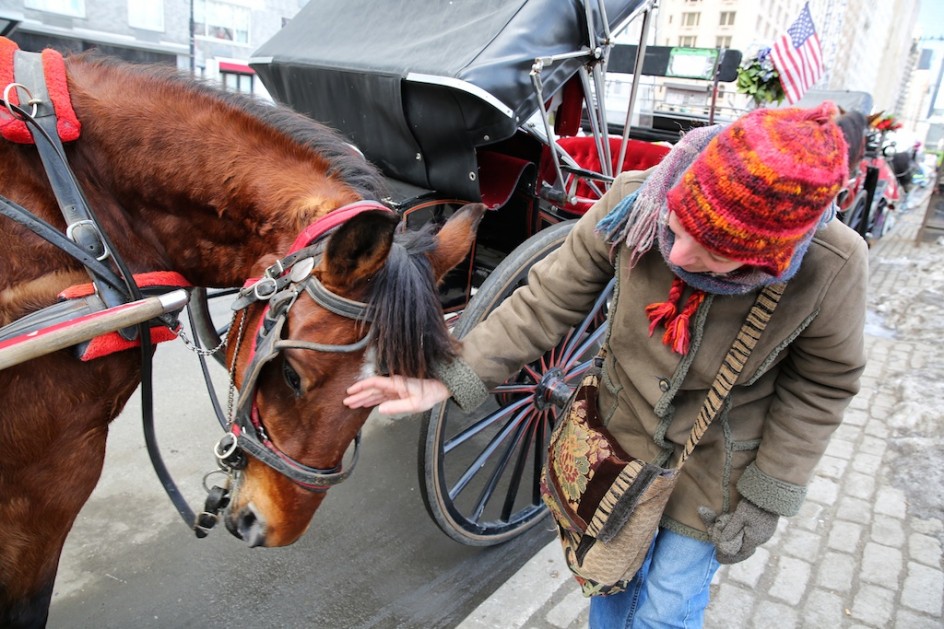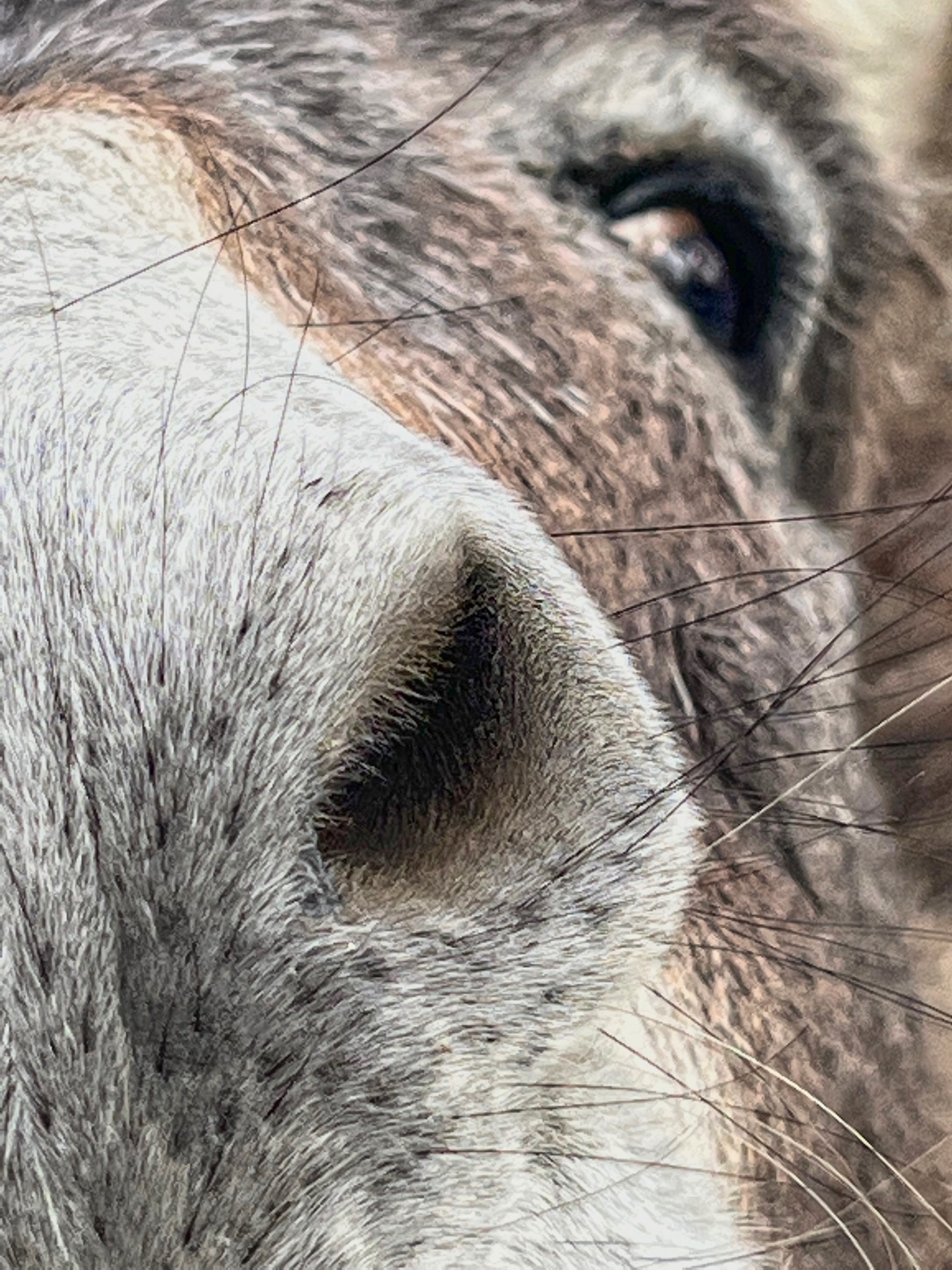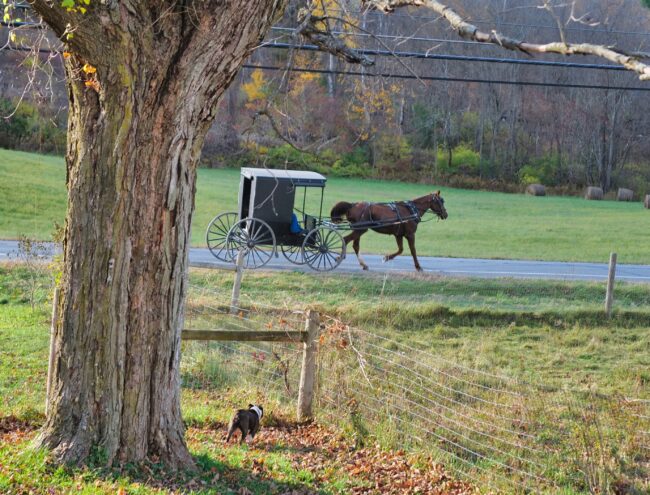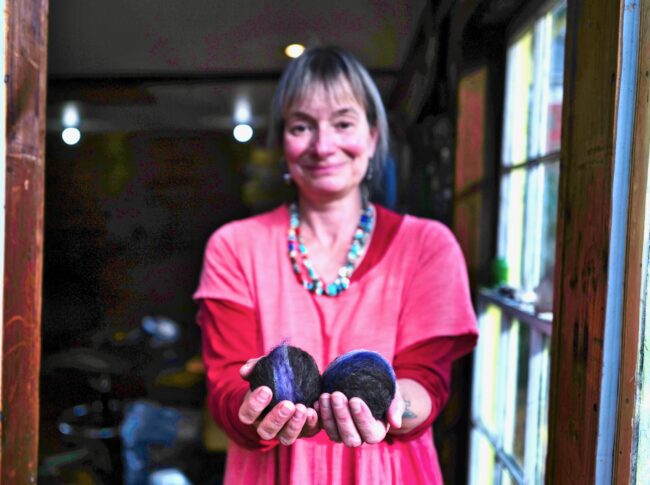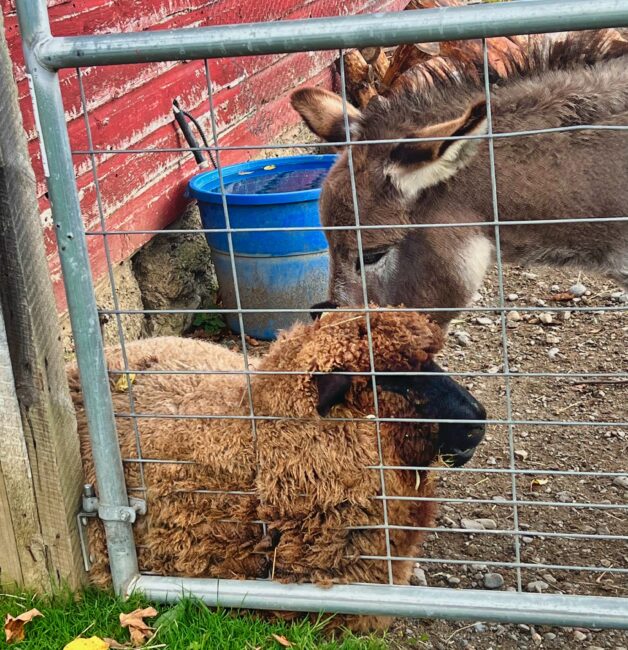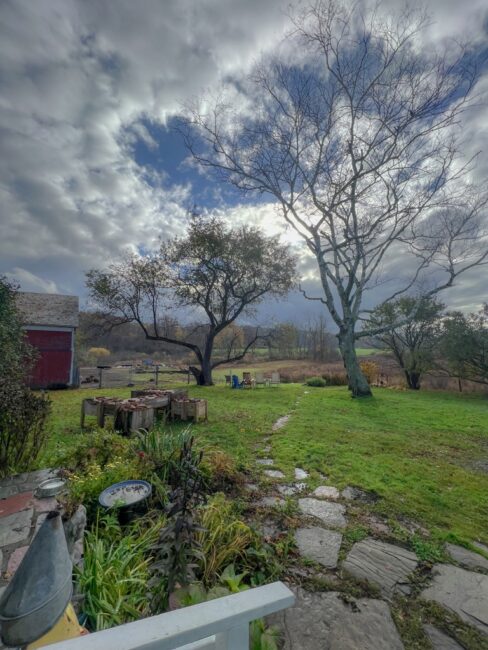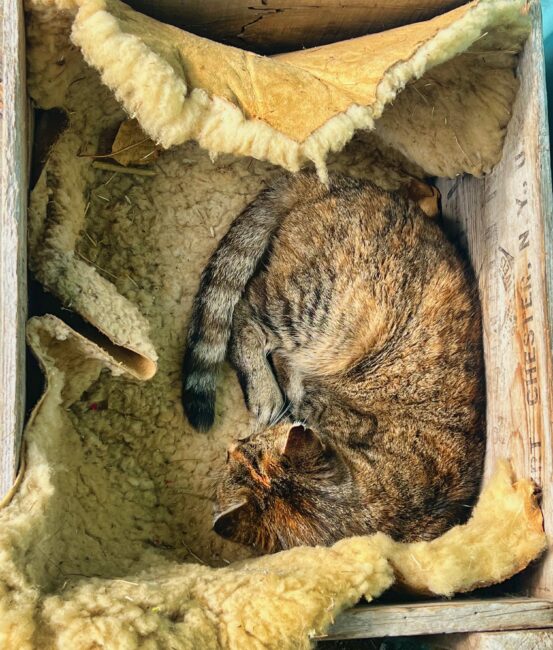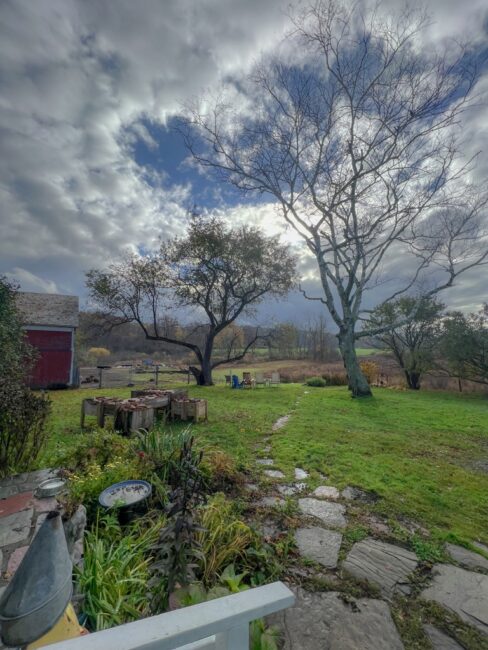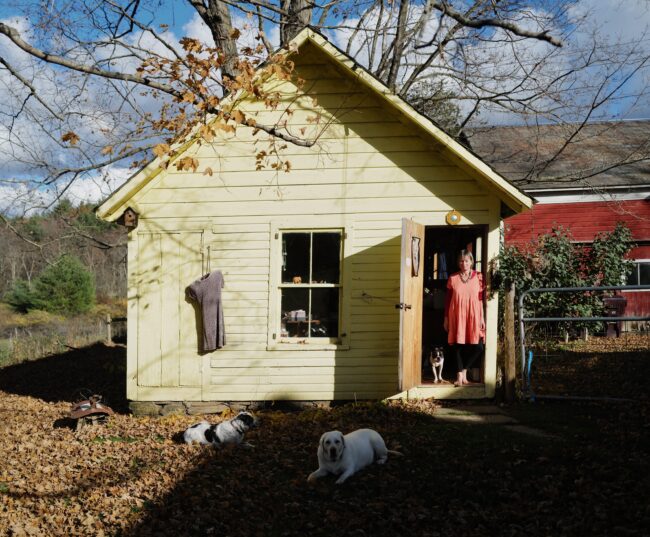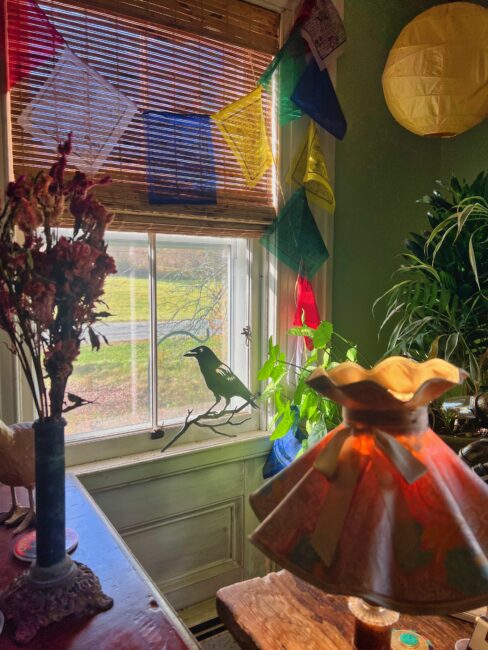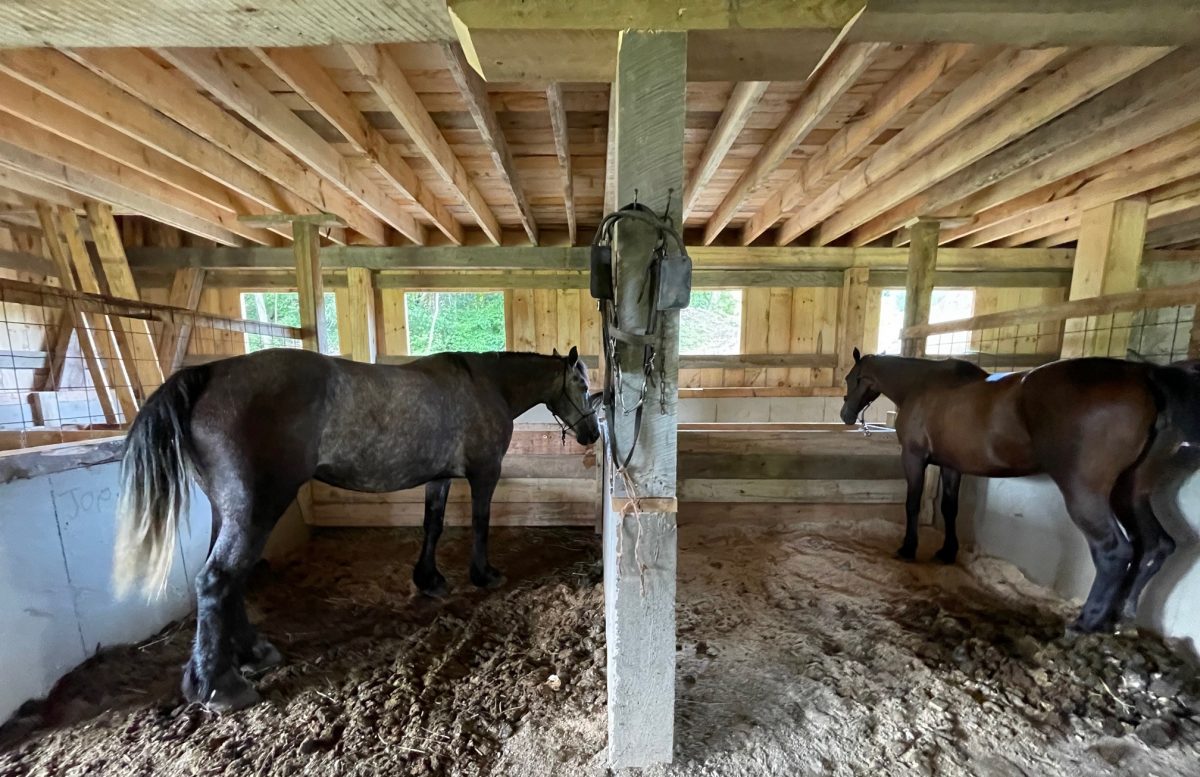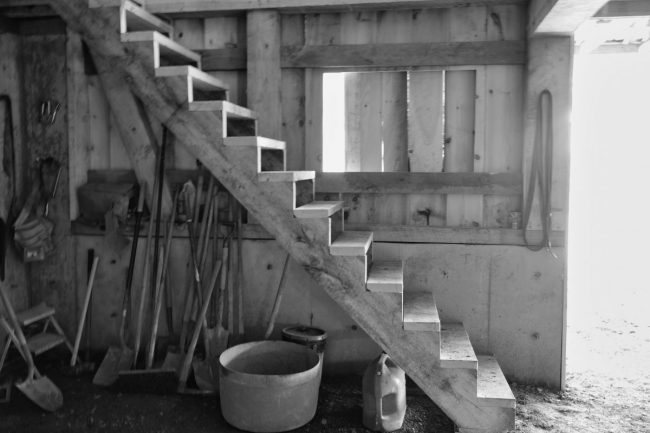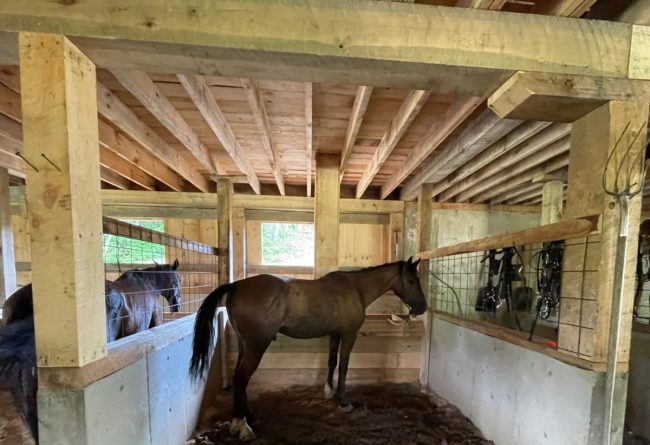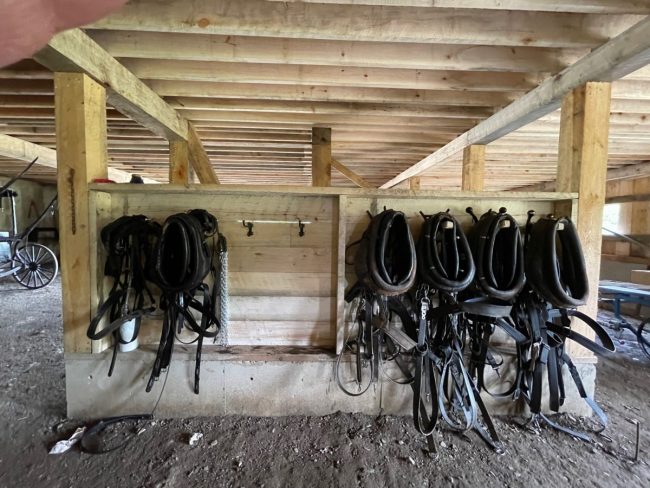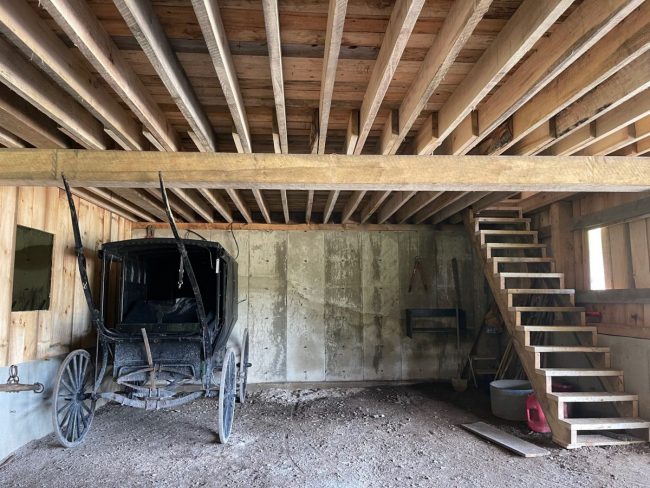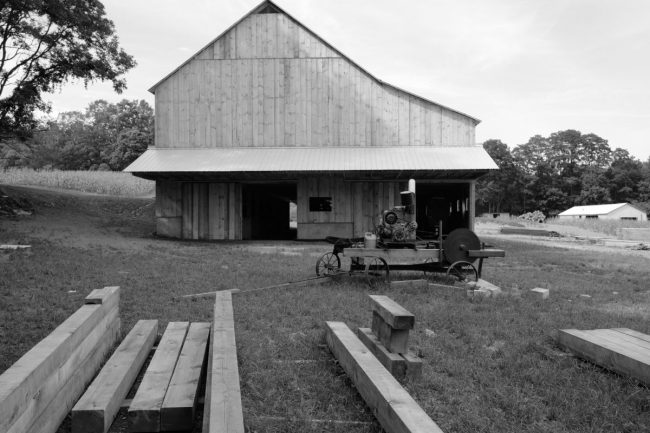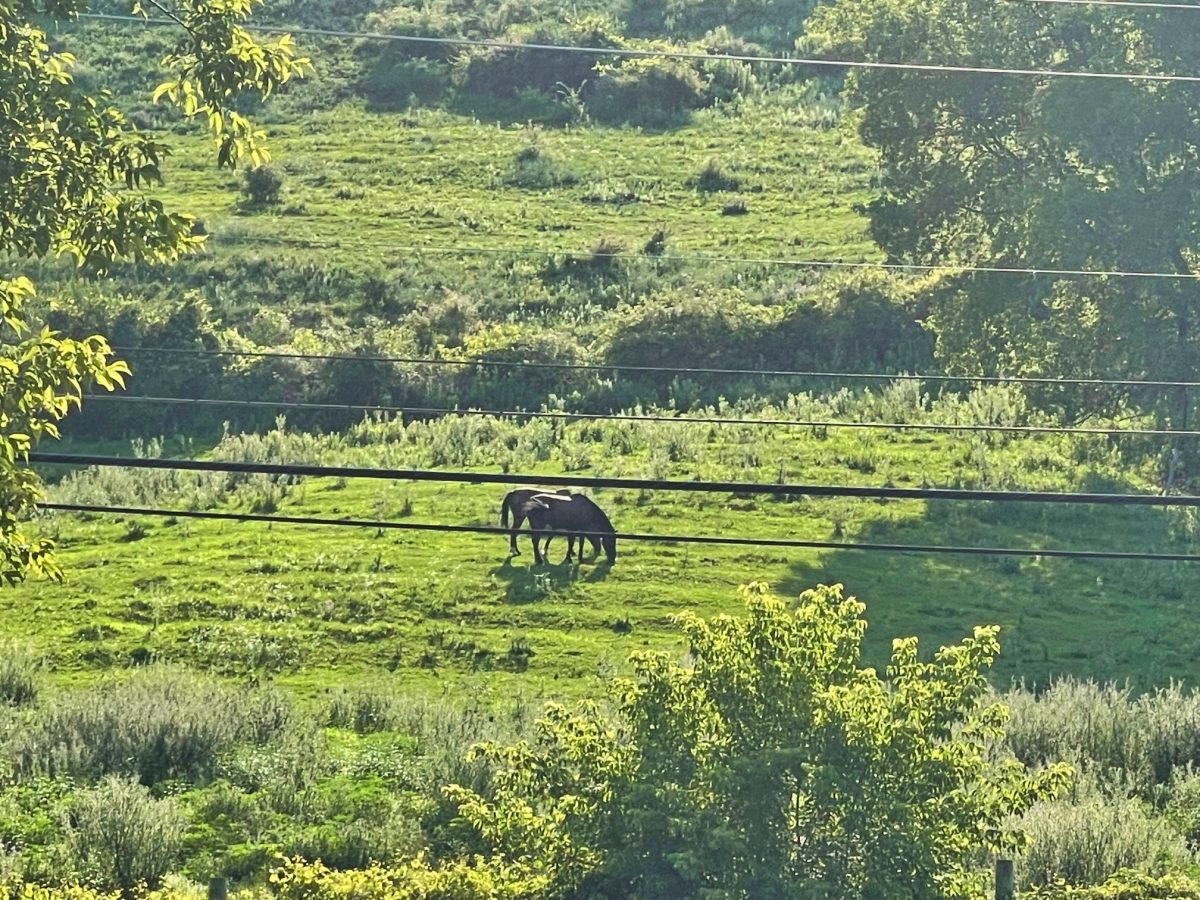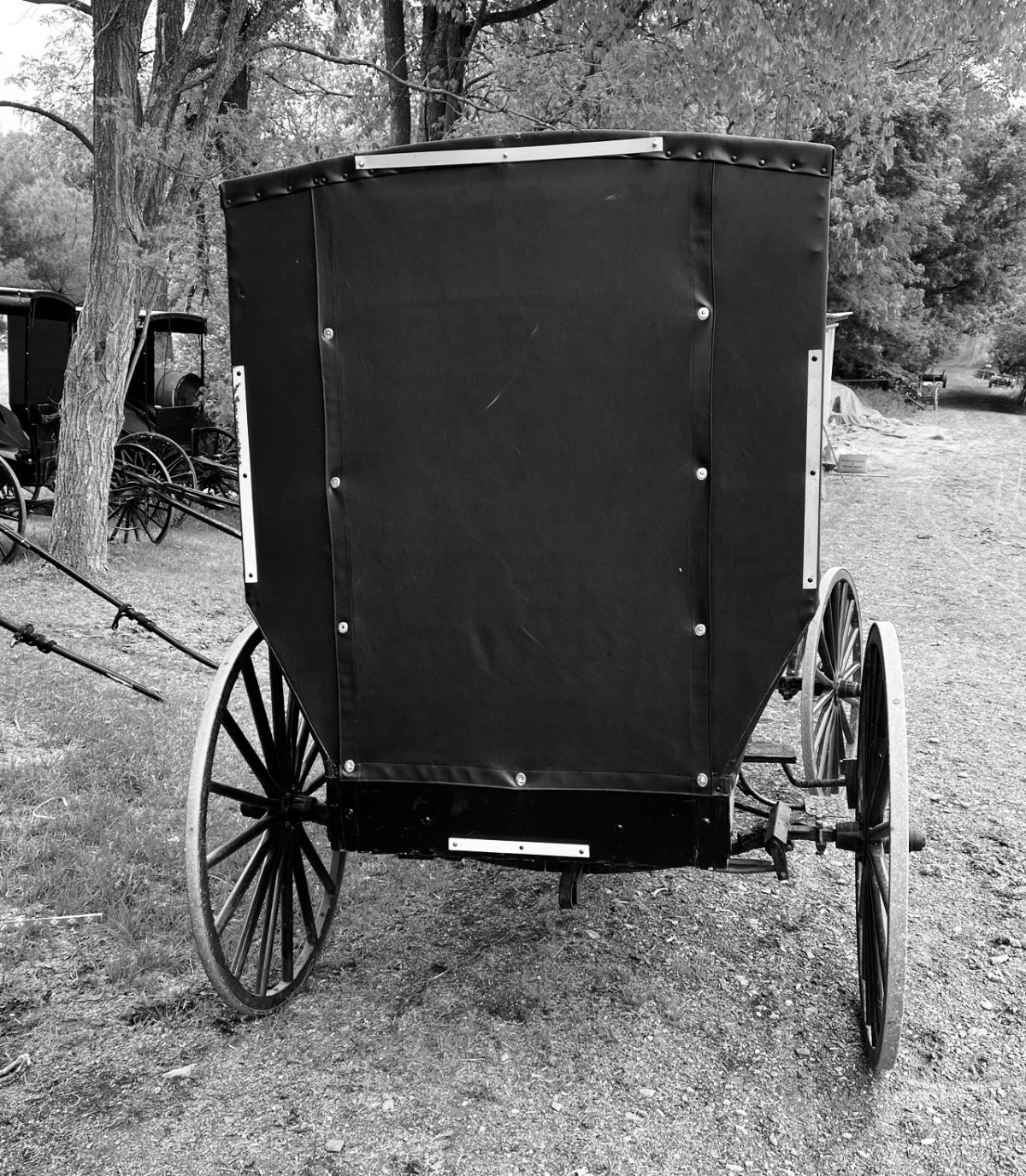It’s never a good idea to give up on humanity; there is so much good in many people.
Last week, I wrote about receiving some worried messages from local people asking me to talk to Moise about brighter and more colorful illuminations for the Amish buggies, especially at night.
We were stuck on what to do about it. I think we’ve figured it out; I think we have a good solution in sight.
While Moise took a rigid position on the cart – there was nothing else he could do – I also learned from him to be patient and thoughtful, that there is always some way to find common ground somewhere in the middle.
Patience and humility.
In their letters to me, most people were acting in good faith; they were sincerely worried about the safety of Moise’s family. Others feared for their own safety. Horse buggies have not been seen around my town for generations.
The Amish have been fighting these battles for centuries. They are still around and thriving suggested to me that they often give and bend while never breaking.
That gave me encouragement and promise. The goal is to keep talking until we get there.
The cart issue is genuine. You have one culture willing to take enormous risks on behalf of their faith pitted against a culture that has lost faith and isn’t willing to tolerate any risks at all.
Horses have been on the roads here as long as humans lived here. They are essential to the Amish way of life.
To me, the answer lies in sharing the roads tolerantly and safely; neither side has to lose.
There are many winding roads around here with sharp curves; we are too familiar with night-time collisions, especially in winter and summer when too many people drink too much alcohol.
And it’s been a very long time since people have seen horses and buggies riding around on Main Street five times a day. That will take getting used to.
The people writing to me said the carts were difficult to see at night, especially in the rain or fog or without moonlight. That was the main issue.
Some people said they believed the problem was reckless drivers; others said the carts were too dark to see clearly, especially at high speeds and winding country roads.
Some people told me they were afraid to drive at night.
Even the smallest conflicts become bigger in America; people use social media to gather support and turn to steel. Grievance is the American story; nothing too sacred to fight about, nothing too important to resolve.
We fight so often, and so bitterly it is easy to forget what we are fighting about.
The Amish don’t play that game; they listen and learn and think. They don’t go on social media to call people names and enrage their friends and supporters.
Moise listened to me, but I could see him tightening up on this issue; he has been dealing with it for years.
He explained that the cart was a sacred Amish symbol, and he is “Old Amish,” the most conservative Amish sect. As an elder, he is charged with keeping sacred Amish traditions intact.
He said he had done everything the faith would allow him to do.
The carts carry kerosene lamps at night and have four strips of reflector tape. We talked for an hour or so, but he said he thought it was pointless for me to search for new ideas or projects that might make both sides happy.
The carts of the Old Amish must always signal a plain, humble and unpretentious people. No fancy lights or bright colors. That is their identity.
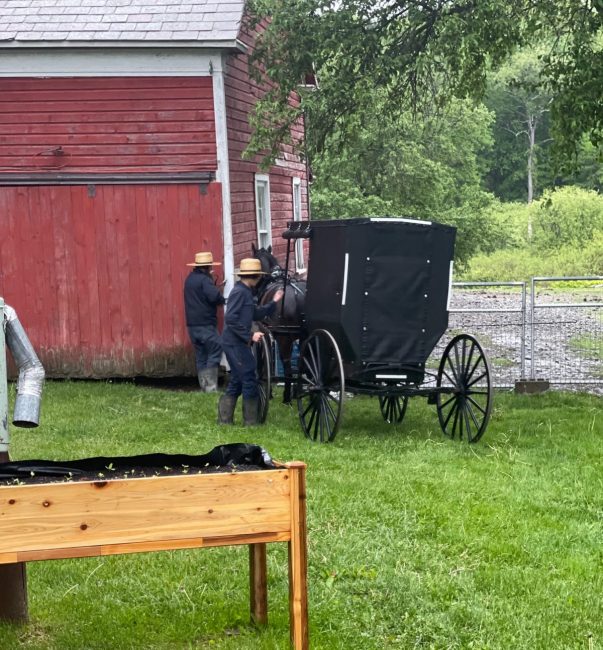
We agreed that we would go out one night and ride together and look at the carts from behind. I took that as an opening, but I couldn’t see a way through his passion and his new neighbor’s anxiety.
I expected a long haul.
The carts are sacred symbols to Moise and many Amish. For them, that transcends almost every other consideration, something it is difficult for outsiders to comprehend.
I tried two or three ideas on Moise but wasn’t getting anywhere.
But in many ways, my blog is my mother now; she always comes through for me; she is always watching and trying to help.
This week, I got a message from Sue in Canada. “I’m not sure if it is helpful or not,” she wrote, “but I thought I’d mention that there is a product – ghost stripes – that my husband has applied to black police cars here in Canada. The stripes are completely invisible in the daytime but light up at night when the headlights shine on them. It’s an adhesive/tape-like product. During the daytime, the appearance of the buggies would not change.”
It sure is helpful. A bell went off in my head; I said I was very interested; please send more details.
And she did.
Moise is passionate about his carts and said he couldn’t accept colors or ornaments. But a strip that is invisible in daylight and can shine brightly at night in car lights might get around his objections or at least some of them.
Moise is a straightforward man; there is no beating around the bush with him in him. In our dealings, we are direct with one another.
I admit to being somewhat anxious about raising this again. In my life, people often exploded when I did that; it’s hard to believe that couldn’t happen with him.
He is, after all, a prince in a Patriarchy. He is not used to being challenged, I imagine.
I was in a good negotiating position today; I had just spent hours helping him and Barbara order boxes and pans for their pies (they’re trying some new sizes).
And this is how the Amish are different. I was negotiating, thinking in terms of winning or losing. He was following a beloved faith and what he believes to be the will of God.
I thought of it as winning or losing. That was how it always was for me, in my life and work. He was in a completely different place.
Quite a difference.
My search for the right donut and pie boxes and pans was rough; I had to go to different websites and fight hard to avoid shipping fees, figure out measurements, the cost of making donuts and pies. These are not things I am normally good at.
I succeeded. I got small pans, small boxes, and boxes for Barbara’s brother, all at good prices. Free shipping all down the line.
I sat down in the kitchen and explained what I had ordered, and Moise was pleased, so was Barbara, who is anxious to make smaller pies.
Moise was also pleased because someone made a beautiful maple chair just for him, with a horse and cart carved into the back, and delivered it to the farm.
He was also pleased because his new barn was staked out with the help of a town planning official. All the pastures were now plowed. Donuts and pies were selling like mad, so was lumber.
He was happy with the day; he had accomplished a lot.
Moise looked content, somewhat worn. His clothes were covered in dust and sweat stains.
For the first time, he even joked about trying to lie down for an hour or so. But, of course, he didn’t do it.
I whipped out the before/after photos Sue had just sent me from Canada (some of the new 3M visibility “ghost” tapes are on the way.) They showed police cars in daylight and the same cars at night. The difference was startling.
Moise listened to my pitch carefully and puffed on his corncob pipe, and rocked back and forth in his chair; soon, he was almost lost in a cloud of smoke. He was thinking, not stiffening.
He looked at the photos, which supported Sue’s claims and brought them to vivid life.
I had pressed him on the safety issue the first time I had done that in our friendship. So far, he hadn’t yielded an inch. He insisted there wasn’t much point in talking about it.
Amish elders do not have a reputation for being talked into or out of things of great spiritual significance.
But to be honest, I had come to see that they didn’t get angry, hold grudges, punish people for speaking their minds. That was my family, not this family.
I knew pushing the issue would be all right. We weren’t in Washington.
“Hey Moise, let me just mention something to you if I might,” I said after I told him what I had found about the pie boxes and tins.
He looked up at me, curious, and nodded. We do trust each other; I can feel that. He sensed I had something important to say.s
I told him about Sue’s message to me and the new 3M illumination tape. I told him the cart would not look different in any way, except that at night the illumination tape would be very bright and much more visible than the four strips he is using now.
I showed him the four photographs I had asked Sue to send me that showed the police cars in the day and then again in the night. The strips were not visible at all in daylight; they really jumped out at night.
He could add more strips to greater effect; they would be completely invisible in the daytime. There was more puffing, but more nodding as well.
This, I thought, could be it.
As the clouds of smoke gathered around him – I so wish I could have gotten a picture of him in that smoke cloud in front of the sun streaming through the window – I could feel he was interested in this new product.
Moise didn’t say anything right away, but he didn’t shut down the conversation, as he did before.
This could be a good thing, Moise, I added. It would set your friends in the town at rest a bit – Moise already has many more friends in town than I do – and maybe keep some people from getting hurt.
It’s almost summer, I said, and people will start pouring through here on the way to Lake George and the Adirondacks. It would sure make me easier, I said.
I noticed that his children were listening carefully to every word of our conversation. And I know that Moise and the Amish pride themselves on working things out if at all possible.
I also know how much Moise and Barbara love their children.
Then I just waited; I showed him the pictures again. (Sue is sending me some tapes, but I’m trying to get hold of some right now.) I’m not good at waiting.
So far, I’ve learned that 3 M and Avery manufacture the reflective tape.
It is black all day, the same color as the cart. 3 M’s product reflects white, Avery’s reflects gold.
“I’d be interested in that,” he said finally. I wanted to shout but didn’t.
When I get hold of a tape, Moise has agreed to a demo with one of his carts. It’s not yet revolved, but I have a good feeling about it. I’m hopeful we can do it.
Thanks so much, Sue, for caring. You may just have saved some lives.
